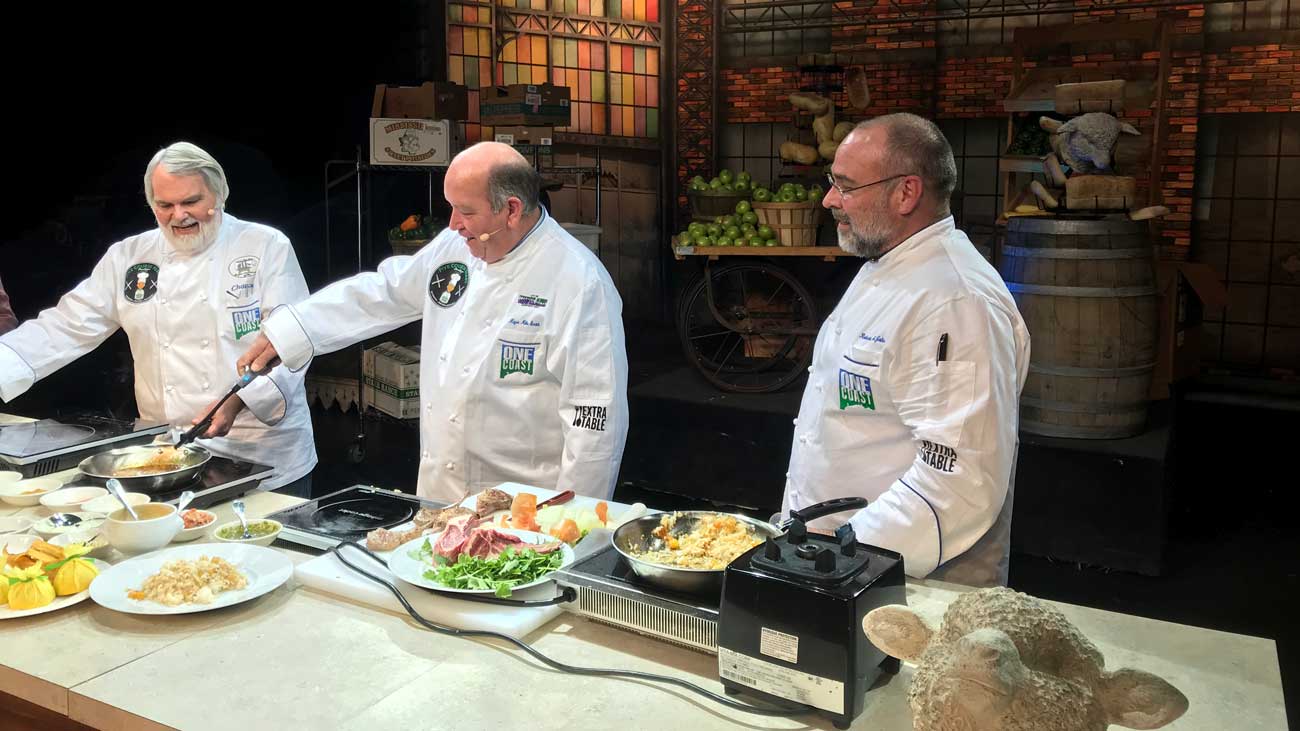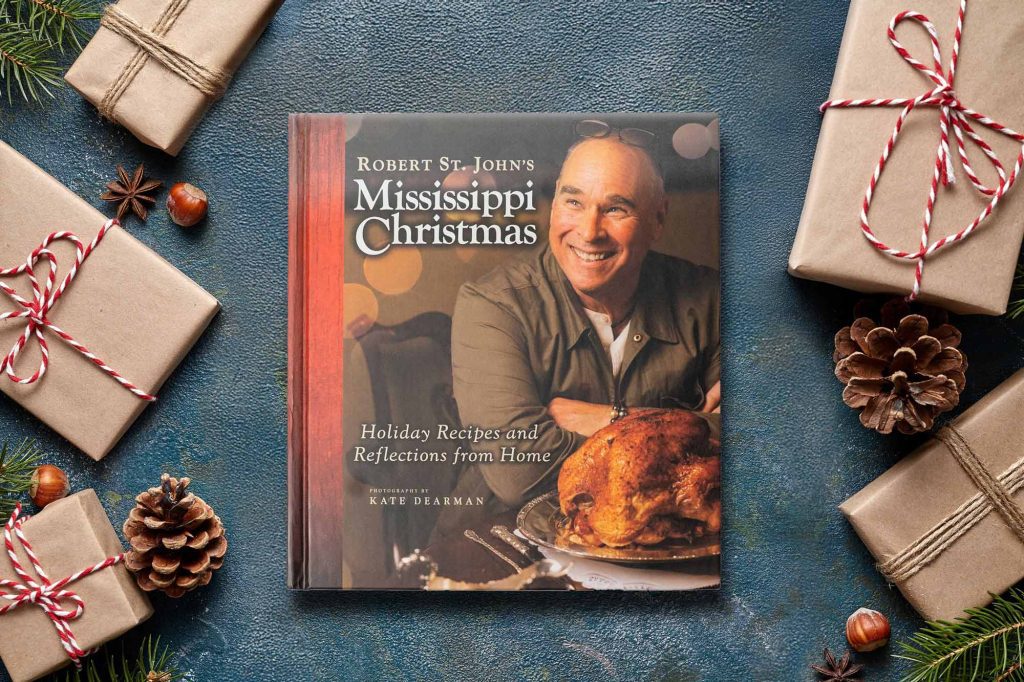“One thing I like about Argentina, they only cook with salt; that’s it.” –Robert Duvall
A frequent question I receive when an interview begins to wind down is, “What is your favorite spice or seasoning?” Occasionally the question is modified by asking, “If you could only live with one spice or seasoning, what would that be?”
It’s always an easy answer. Nothing fancy, there are never any culinary discoveries made in that portion of the interview. For me it’s salt. Without salt, everything tastes flat. It is salt, along with acid (lemon juice, vinegar, etc) that make the biggest difference in the flavor profile of a dish. But of the two, salt is the most important.
That’s what I was thinking when I was making my breakfast a few minutes ago. It was nothing fancy— buttered toast with blackberry preserves and oatmeal, but salt played a key role in both dishes.
Years ago I made oatmeal using milk, sugar and butter. Today I use milk, a sugar substitute, butter, and a pinch of salt. It’s amazing how much better a basic dish of oatmeal can be made by using just a little bit of salt. It’s the one ingredient that makes it pop and gives depth to the flavor profile.
Buttered toast is made infinitely better by a small sprinkling of salt. I ate buttered toast and jam for 40 years without ever deviating from the way my mother made it. In the 1990s I spent a week at The Culinary Institute of America in Napa Valley studying flavor dynamics. It is around that time that salt and acid took on an elevated place in my larder.
For centuries salt was all that was used to season and preserve foods. Eventually people wanted to expand their options so the royalty of the day paid great sums to explorers to travel halfway around the globe in unchartered waters on small sailing vessels to visit to undiscovered lands just to add a little variety to their diet. They sailed east and west in search of spices, which they brought back. But even today, with every spice available to us with nothing more than a quick drive to the grocery store, salt is still the indispensable seasoning.
On the West coast of Sicily, in a town called Tripani, just north of Marsala, they still mine salt as they did 2,000 years ago using small marshes and wind power. I don’t really know how modern salt is mined on land, but seeing it done the old way makes one appreciate the trouble that our forbearers went through just to season and preserve their food. A series of ponds and pools on the edge of the Tyrrhenian Sea grow shallower the closer they get to the shore. The sun evaporates the water leaving just the salt, which is—still to this day— ground by wind-powered mills. Those types of sea salt facilities usually have hundreds of hills of salt, over 30-feet high and 80-feet long, drying in the sun and covered by ancient ceramic tiles. It is a beautiful sight to see.
To my taste, sea salt is infinitely better than mined salt.
Farther north in Tuscany, no one received the salt-is-really-good-in-bread message. The Tuscans don’t use salt when baking bread and it is probably the one and only area I have found where the Tuscans get it wrong. Bread without salt is bland. Most of the bread we eat on a daily basis has salt. You might not notice it because it’s an amount that is just enough to accentuate the flavor and not taste overpoweringly like salt. It’s there though. Not so in Tuscan bread.
I always salt my olive oil before dipping bread into it. I don’t use other seasonings or spices. If the olive oil is good enough, nothing else is needed but a pinch of salt. But when eating bread and olive oil in Tuscany, one must get heavy fingered in the salt cellar.
In New Orleans, where French bread is baked fresh twice a day, nothing is more satisfying than a warm loaf from a local bakery spread with a small amount of butter. However, I salt the butter on my bread and butter plate before spreading it onto the French bread. Try it. It doesn’t take much and it makes a world of difference.
Some salts are saltier than others. Find a sea salt, kosher salt or table salt that tastes good to you and stick with it. You might have to modify recipes but once you’ve figured out the salinity of your favorite salt, stick with it and other recipes will be easily modified.
I could probably live without salt, but my world would certainly be more bland and dull without it. I’m glad I’ll never have to make that choice.
Pesto
I love pesto. It’s fresh tasting and clean. But it’s also light and extremely versatile.
I keep pesto portioned into small batches in the freezer. It thaws quickly and is perfect for a quick supper. Just place the pesto in a bowl and add a little extra virgin olive oil. Remove your favorite noodle from the boiling water and toss in the pesto. Add a small amount of the pasta water. Finish with some grated pecorino and call it dinner.
1/3 cup Toasted pine nuts or almonds
2 cups Fresh basil leaves (2 oz. by weight)
1 TB Minced garlic
pinch Kosher salt
¼ cup Grated Parmigiano Reggiano cheese
3 TB Grated Pecorino Romano cheese
½ cup Extra virgin olive oil
Combine nuts, basil, garlic and salt in a food processor. Slowly add olive oil.
Remove and fold in cheese.
Yield: 1 cup



